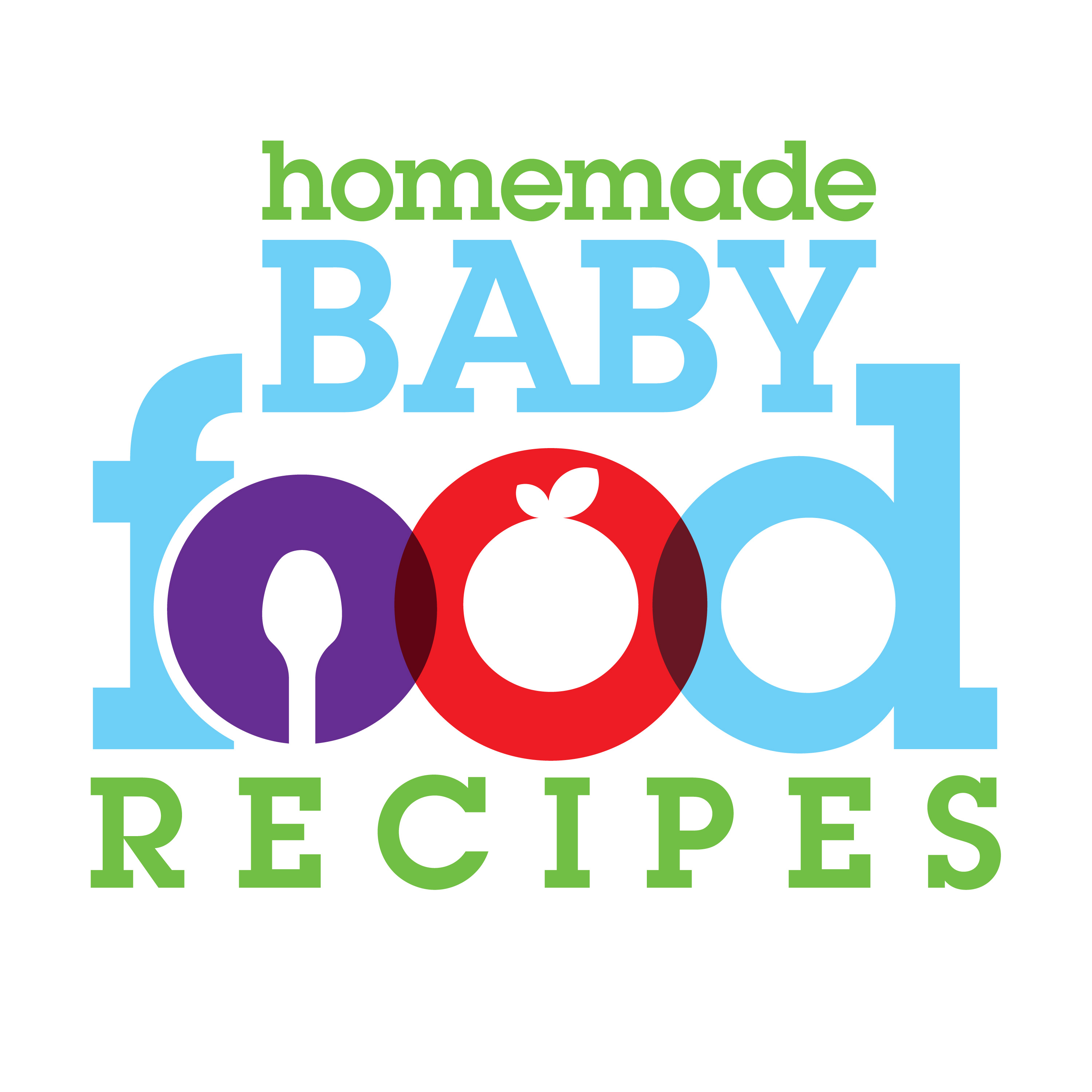In addition to providing the very best nutrition for your little one, making your own baby food is also good for the environment.
After all, there are no boxes, jars or other packaging to worry about – and with YOU in charge of portion control, there’s very little waste.
But even food prepared at home from scratch inevitably generates some waste – we’re referring, of course, to all the scraps and peelings from your fresh and healthy ingredients!
And – according to the US Environmental Protection Agency – a staggering 26% of the U.S. municipal solid waste stream is composed of yard trimmings and food residuals.
So what can YOU do to avoid adding to the problem?
Well, one option is to boil all your veggie trimmings up with onion, garlic and seasonings to make a tasty vegetable stock… but another is to turn them – and lots more leftovers – into compost!
Homemade compost is an excellencommercialive to commerical fertilizers and enriches your soil immensely, improving its fertility and enabling you to grow your OWN natural and nutritious ingredients for use in your baby food recipes.
How to get started
All you need to get started is an area in which to establish your compost pile, or to place your compost bin. This area should be partially shaded and – in the case of a compost pile – away from outdoor areas in which you eat.
You can buy a special bin in which to create compost, make one yourself, or just bypass the bin altogether and build a compost heap.
The www.compostinstructions.com website recommends a pile size of 3′ x 3′ x 3′, which is large enough to turn the contents into compost, but is still easy to turn.
And turning the contents of your compost bin or heap is important – the micro-organisms that do the job of decomposing your household and garden waste into rich, organic fertilizer require a good air supply for the purpose.
All you need to do is grab a spade or pitchfork and turn the contents of the pile, mixing it thoroughly and aiming to get the less decomposed matter into the centre of the pile to encourage it to break down more quickly.
What to put in your compost pile…
- yard trimmings
- mown grass clippings
- house plants
- tea bags
- egg shells
- any parts of vegetables and fruits
- clean paper
- the cardboard rolls from inside paper towel
- coffee grounds
- coffee filters
- straw
- hay
What NOT to put in your compost pile…
- dairy products (they will go rancid and smelly)
- eggs (egg shells are fine, though)
- fats/oils
- meats and bones
- fish and fish bones
Keep your compost watered!
Once you’ve established your compost pile, you’ll need to think about adding water, another element that those micro-organisms need to do their job.
If you’re in a dry area, then you’ll need to water the pile yourself to keep it damp. Don’t overdo it, though – too much water will stop the waste from decomposing and leave you with slimy, unusable material. For this reason, it’s a good idea to cover your exposed compost heap with a tarpaulin if you live in an area that gets a lot of rain.
Adding to your pile
Remember how we mentioned that those micro-organisms responsible for the decomposition of your waste require air to do their job? For that reason, it’s important not to cram extra material into your bin and squash out all the air. Instead, always add your materials loosely – remember, the pile shrinks as it decomposes.
It’s all in the mix
A successful compost pile should contain a good mix of ‘browns’ and ‘greens’ in addition to adequate amounts of water. The Environmental Protection Agency suggests aiming for an equal amount of browns to greens.
The ‘browns’, which provide carbon, include twigs, branches and dead leaves.
The ‘greens’, which provide nitrogen, include green leaves, cut grass, coffee grounds and fruit and veggie scraps.
Extra Tips for Successful Compost
- Encourage your compost to decompose more quickly by allowing it to receive some sun – the higher the temperature of the pile, the quicker it ‘cooks’.
- Always shred paper/cardboard and chop up yard trimmings – the bacteria in your pile can then break them down more quickly and easily.
- Save your household waste up for several days before adding it to the heap. Adding a larger quantity of waste all in one go makes the compost heat up more quickly.
- Moisten dry waste as you add it.
- Cover food scraps with grass cuttings/leaves, or bury them under the existing compost to prevent bad odours and deter scavengers.
How will I know when my compost is done?

It should be a dark brown colour with a texture that crumbles easily in your hands.
It should also be impossible to identify what’s in it – so if you can still pick out which piece was once a tea bag and spot a piece of orange peel, then it’s not ready!
It usually takes from between 2/3 months and up to 18 months to produce compost, depending on how efficiently the pile decomposed (which, in turn, depends on the pile’s temperature, how damp it was etc).
For more information visit…
